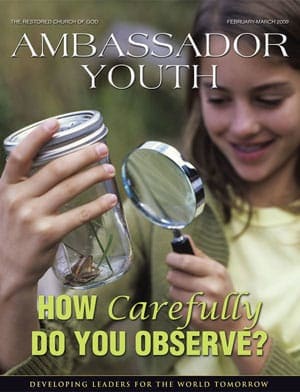After trekking through the jungles of what would later become Mexico and Central America, Spanish Conquistador Hernando Cortez had an audience with Montezuma, king of the Aztecs. During the visit in 1519, Cortez and his companions noticed that the king, and nearly every one of his subjects, was constantly drinking a thick, frothy, brown drink. The Aztecs called it xocoatl, or as the conquistadors pronounced it “chocalatl.”
The Spaniards did not immediately enjoy the drink; it was bitter and at its most basic form, consisted of ground cacao beans mixed with chili peppers.
Montezuma had his drink prepared with cacao bean paste, chili peppers, vanilla and a variety of other spices. Corn meal was added as an emulsifier. The drink was dyed red and served cold and frothy. Legends report Montezuma’s court drank 2,000 glasses of xocoatl per day—with 50 servings consumed by the king himself!
Everyone in the Aztec kingdom (and the Mayan kingdom as well) enjoyed the primitive chocolate drink. Rich and poor consumed it at breakfast, lunch and dinner. The drink was renowned for its healthful properties, including fighting fatigue and calming an upset stomach. In Aztec culture, the cacao bean was held in such high regard that it was used as currency.
Cacao-based drinks were served hot or cold and included a variety of ingredients. Beans from the cacao tree were slightly fermented and roasted, mashed into a paste, then flavored with vanilla, chili peppers, annatto, finely ground corn, and sometimes honey.
But the Aztecs and Mayans were not the first to drink chocolate beverages. Archeologists discovered chocolate residue in drinking pots in Southern Mexico from as far back as 2,600 years ago, from a civilization known as the Olmecs.
After meeting with Montezuma, Hernando Cortez brought the drink to Spain in the early 1500s. There it was served hot, sweetened and without the chili peppers. Spanish royalty enjoyed the beverage so much they kept it a closely guarded secret for years.
It was not until the drink reached London in the 1700s and milk was added to it that it was served in the form in which it is regularly consumed today.
When it does not contain high amounts of refined sugars, moderate cocoa consumption can be a healthy addition to your diet. Cornell University researchers found that cocoa has more antioxidants than red wine or green tea, meaning it can reduce the risk of heart disease. Chocolate also contains high amounts of flavonoids that can promote healthy arteries. Why not serve yourself a cup?
















